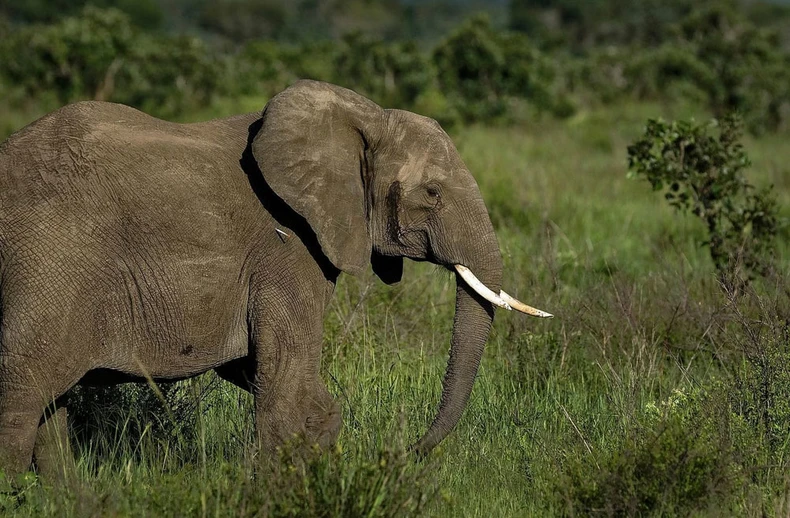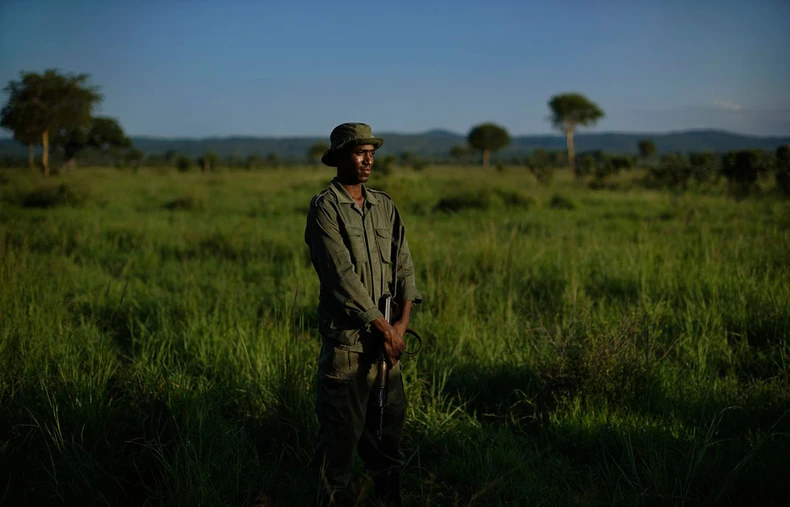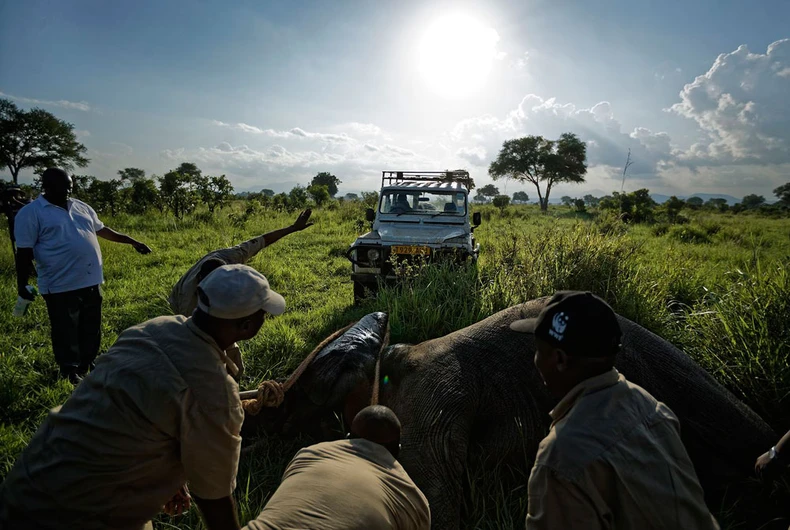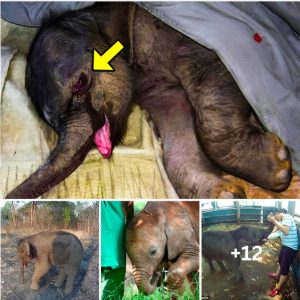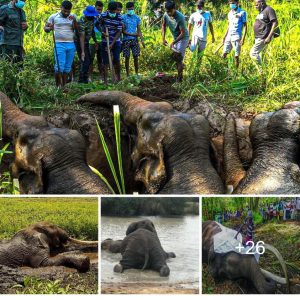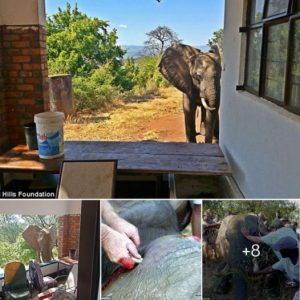According to the World Wildlife Fund (WWF), approximately 20,000 to 30,000 African elephants are killed each year, primarily for their ivory, which is mostly consumed in Asian markets. In an effort to reduce elephant poaching, WWF has collaborated with the Tanzanian government on a program to protect elephants in the Selous Game Reserve. Using satellite-linked GPS devices, the program monitors 60 elephants to better protect them from poachers.
A team of veterinarians immobilized an elephant to attach a GPS tracking device at Mikumi National Park in Tanzania. The collars are equipped with technology that receives information from satellites. Forest rangers can access this information on their mobile phones, allowing them to track elephant movements and intervene if they venture into areas with high poaching incidents or human settlements. This is the largest wildlife monitoring program ever undertaken in Tanzania.
In March, the Associated Press (AP) captured the effectiveness of the program in Selous Conservation Area and Mikumi National Park. According to the Tanzanian government, the region witnessed a 60% decline in elephant populations, dropping to 43,000 elephants from 2009 to 2014. Most poaching incidents occurred in the Selous-Mikumi area.
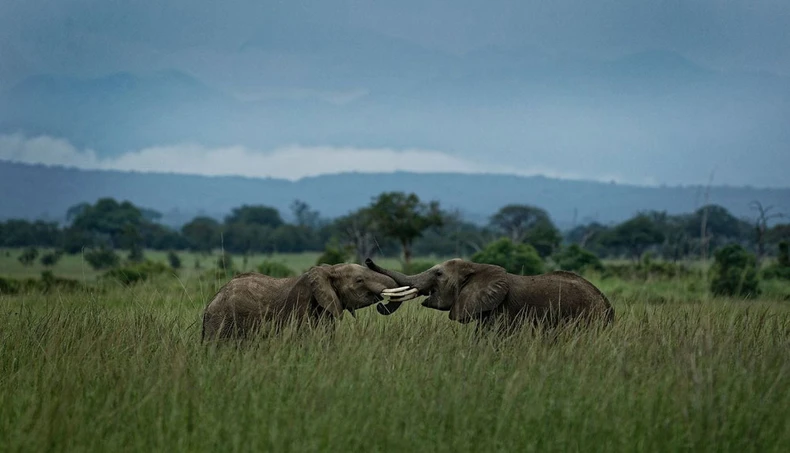
Efforts to protect African elephant herds have shown some success. Reports indicate a decrease in elephant killings, and some severely affected herds are showing signs of recovery.
However, there’s still much work to be done, especially considering the existence of an illegal ivory market. According to AP, “It’s too early to declare a turnaround. Poachers are shifting to new areas, and traffickers are adapting, aided by corrupt forestry systems. Annual elephant losses still exceed births, and habitat encroachment from human settlements continues to shrink animal habitats.”
